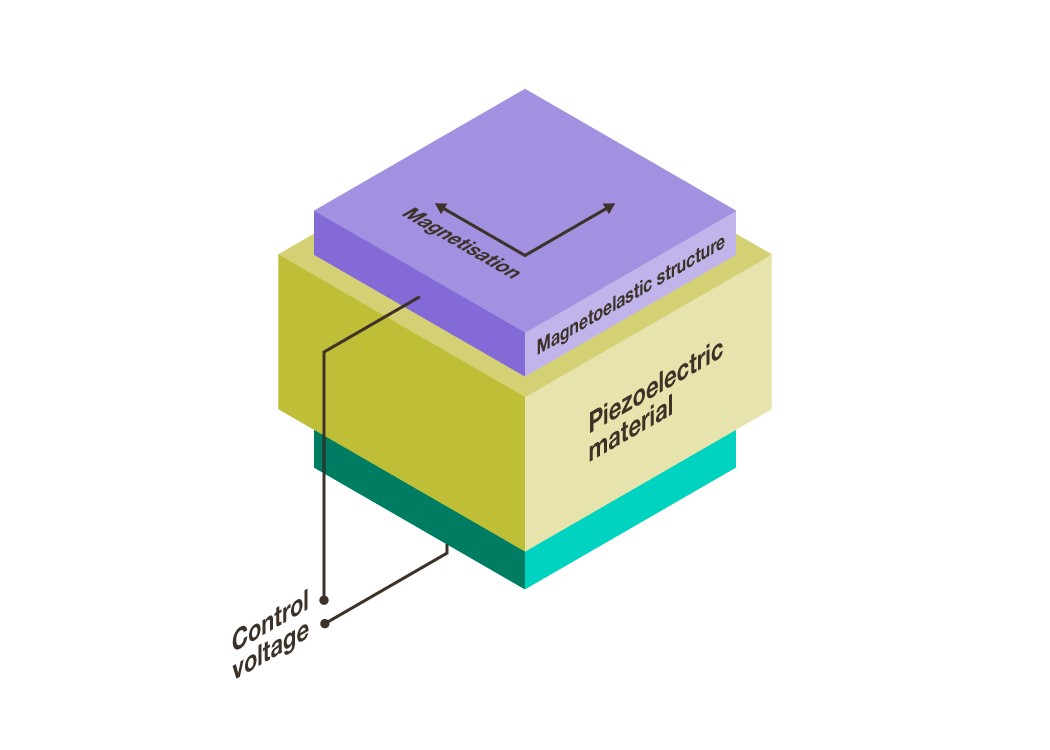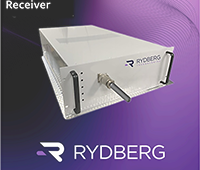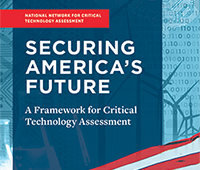
The coming decades will mean lots of changes for computers. Silicon-based electronics have nearly exhausted their potential. We are almost at a point where we can no longer reduce transistor size, increase data throughput, or boost energy efficiency. This applies to the various conventional electronic components, and the same goes for computer memory, too. In conventional RAM, a memory cell consists of a capacitor and a transistor. But circuits with transistors require relatively high electric currents.
As transistors making up computer memory get smaller and more energy-efficient every year, they are becoming more densely packed. This means that current densities in the circuit are increased, making Joule losses greater. As a result, the performance — and sometimes even the integrity — of the device can be compromised.
A further flaw of contemporary RAM is that it depends on an external power supply to store information. Thus, the efficiency is reduced, but more than that, information is lost on shutdown. These drawbacks prompt researchers to seek entirely new ways of storing data.
The concept
A valid new approach to computer memory has to at least solve the issue of energy efficiency. And if the new memory is nonvolatile, so much the better. A memory cell that does not need external power — just like your hard disk or flash drive — and has the speed of RAM would be way better than merely energy-efficient memory.
This is exactly why we proposed our sandwiched memory cell structure with layers of piezoelectric and magnetoelastic materials stacked on top of each other. A piezoelectric material has the property of generating a voltage when subjected to pressure and, conversely, of undergoing mechanical stress when subjected to an electric field. The magnetoelastic material was chosen so as to have two preferred axes of magnetization. In the absence of a magnetic field or when the structure is subjected to a weak magnetic field, its magnetic moment is oriented along one of the two axes. Under mechanical stress, the magnetic moment of the material is reoriented to conform to the other axis. This affects the mechanical stress in — and therefore also the voltage across — the sample. In effect, the two magnetization directions serve as the logical zero and one. By changing or measuring the voltage across the structure, information can be both written into and read from the cell.
The new type of cell uses voltages as opposed to currents. This way the circuit generates less heat, making its operation more efficient. There is more to it: Provided that the cell is isolated well from its external environment, the magnetoelastic crystal can retain its magnetization in the absence of a power source indefinitely. In other words, in it, we have our nonvolatile memory.
Make it happen
To make sure magnetoelectric RAM, or MELRAM, does work the way it should, we created a millimeter-scale sample. The test structure exhibited all the necessary properties for storing information. Calculations indicate that the system can safely be downsized to the nanometer scale. Not only will it retain its useful properties, but the energy efficiency is expected to soar, surpassing that of ordinary RAM by a factor of over 10,000.
What makes this MELRAM prototype different from its predecessors is the bit-reading mechanism. The researchers have abandoned the notion of a separate magnetic field sensor detecting the state of the memory cell. Instead, we are proposing that merely changing and measuring voltages should be enough.
Moreover, information recorded in such a cell will persist indefinitely in the absence of external fields. This makes MELRAM a candidate for a universal memory, which is expected to replace both RAM and HDDs.
It also has a high potential for being applied in specialized systems with strict energy efficiency requirements.
Energy efficiency
In the years to come, we will be dealing with hundreds of terabytes worth of data. Our calculations show that switching a single nanometer-sized memory cell will consume tens of attowatts of power. To write a 100-terabyte MELRAM disk, you will need anywhere from 0.001 to 0.01 of a watt. This is in stark contrast to the tens or even hundreds of watts you would need to write the same amount of data on a conventional disk.
Our institute has plans to build several nanosize layered structures to make sure they can be used as effective data storage media.
About the author
Sergei Nikitov graduated from MIPT in 1979, completing his doctoral studies at the same institute in 1982. He has been doing research at the Kotelnikov Institute of Radio Engineering and Electronics, RAS, since 1976, and is currently deputy chair of Solid State Physics, Radiophysics and Applied Information Technologies at MIPT, a corresponding member of the Russian Academy of Sciences; and director of the Kotelnikov Institute of Radio Engineering and Electronics, RAS.
Both of his doctoral dissertations — namely, the PhD thesis and the ScD thesis, considered an advanced doctorate in Russia — are devoted to the physics of magnetic phenomena. Along with acoustoelectronics, fiber optics, and condensed matter physics, magnetism remains a key research area for Nikitov.
The paper reported in this story was published in Applied Physics Letters.




